At least Diotec seems to be confident enough that their TVS diodes will not fail under continuous operation to give them a continuous power dissipation rating. See, for example, Diotec's 1.5KE series. The breakdown voltage tolerances also aren't that bad (they specify some diodes with 5%), so these are really just very rugged Zener diodes that can tolerate extreme short-time overloads. They won't have any trouble dissipating something like 2W continuously. Absolute maximum is 6.5W with (very) good cooling.
Note also that Diotec recommends this series of TVS diodes for use as free-wheeling diodes, so they're constructed in such a way that allows them to clamp inductive spikes repetitively without degrading.
So, to answer your question: There certainly are TVS diode types that are designed for reliable operation in continuous / repetitive pulse applications. Manufacturers spell this out in the datasheet by, for example, giving the diode a continuous dissipation rating, or recommending it for repetitive pulse applications.
If the datasheet doesn't give a continuous dissipation rating or recommendation for repetitive pulse applications, however, you should assume that the diode is constructed in such a way that doesn't permit continuous operation (i.e. it's not just a Zener, but maybe also contains transistors, or it develops thermal hotspots in its junction when operating continuously).
Semtech also claims in an application note:
TVS diodes will not wear out nor will there be any degradation of the electrical parameters as long as the device is operated within specified limits.
Additionally, Semtech shows the internal circuit of a "deep snapback TVS device" in a blog post, showing that some TVS diodes aren't just Zeners:

Such TVS diodes are of course totally unsuitable for continuous operation or free-wheeling applications. An example of a TVS diode that's not just a Zener is the Semtech RClamp0502A. Its datasheet does not specify a permissible continuous power dissipation, so you shouldn't use it for that purpose.
Another thing that gives this away quite clearly is the junction capacitance: The Diotec (plain Zener) devices have typical junction capacitances in the 100pF to 1nF range, while the Semtech (complex) device has just 0.9pF, which is achieved with additional active circuitry inside of the device which assists in clamping while not adding much junction capacitance.
Another example: Here's a paper that details the construction of a TVS device using MOSFETs, designed for integration into GaN ICs.
In short: You never know what's inside a given TVS "diode" - it may be just a diode, it may be transistor-based, and there might even be FETs inside of it. For that reason, you can't know whether it's safe to operate the TVS device continuously unless the datasheet explicitly says so, just like it's not safe to operate a BJT continuously at high voltages without first taking a look at the SOA graph (due to second breakdown).
Depending on their construction, TVS devices may be susceptible to the same failure mechanisms as BJTs, MOSFETs, Zener diodes, and whatever else you might try to build a TVS device from. BJTs can fail from second breakdown when they conduct a current while simultaneously having a high voltage across them. MOSFETs can fail in a similar way, especially cell-based ones ("HEXFETs"), where imbalances in current sharing can cause individual FET cells to fail. Diode junctions can be uneven too and have spots that break down earlier than others, which is not a problem when you whack the diode with a short high-current pulse (which raises the voltage across the junction so much beyond breakdown that every part of it breaks down evenly), but it'll become a problem at low continuous currents (where some parts of the diode may break down while others don't).
